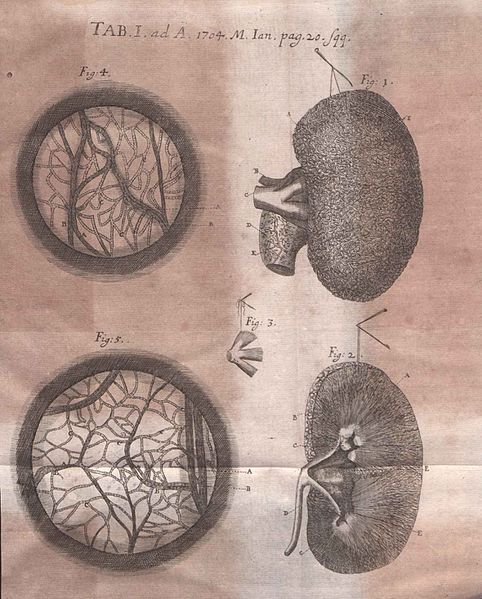Rachel Ruysch was a Dutch still-life painter from the Northern Netherlands. She specialized in flowers, inventing her own style and achieving international fame in her lifetime. Due to a long and successful career that spanned over six decades, she became the best documented woman painter of the Dutch Golden Age.
Portrait of Rachel Ruysch by Godfried Schalcken
Roses, Convolvulus, Poppies, and Other Flowers in an Urn on a Stone Ledge
Flowers on a tree trunk; this is a typical example of the "forest floor" genre made popular by Marseus van Schrieck
Flowers on a stone slab - her most common style around 1700
Frederik Ruysch was a Dutch botanist and anatomist. He is known for developing techniques for preserving anatomical specimens, which he used to create dioramas or scenes incorporating human parts. His anatomical preparations included over 2,000 anatomical, pathological, zoological, and botanical specimens, which were preserved by either drying or embalming. Ruysch is also known for his proof of valves in the lymphatic system, the vomeronasal organ in snakes, and arteria centralis oculi. He was the first to describe the disease that is today known as Hirschsprung's disease, as well as several pathological conditions, including intracranial teratoma, enchondromatosis, and Majewski syndrome.
Frederik Ruysch, by his son-in-law Juriaen Pool
The Anatomy Lesson of Dr. Frederick Ruysch by Jan van Neck (1683). Amsterdam Museum.
Illustration of critique of Thesaurus anatomicus... published in Acta Eruditorum, 1704







